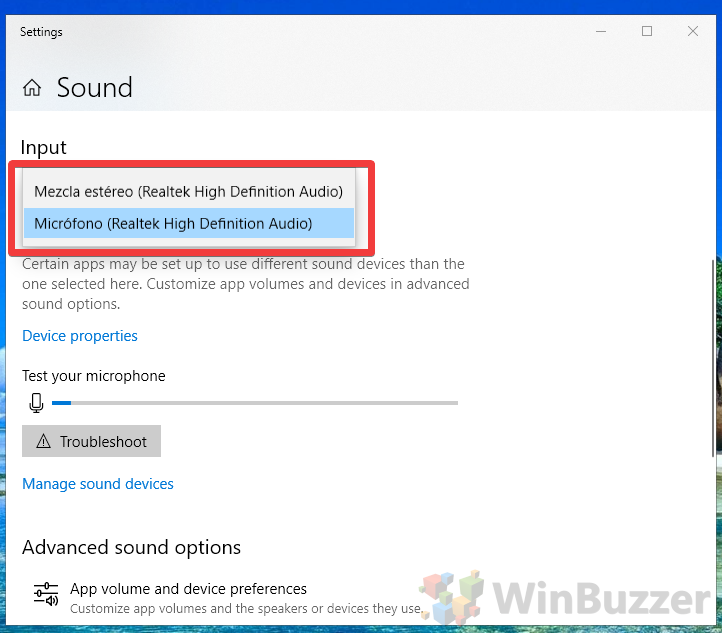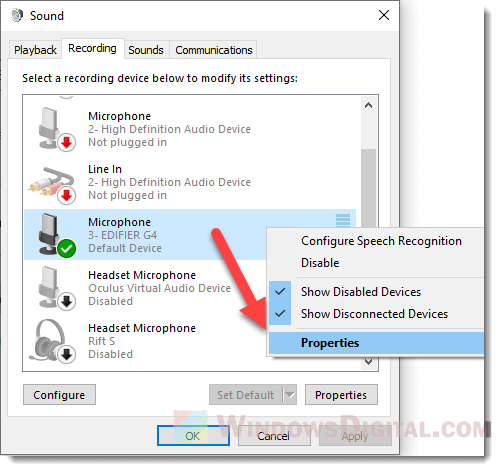
#How to turn down mic gain windows 10 keygen

Consider such things as intimacy and comfort. Mics will give a different feel with changes in gain. Experiment with the gain knob or fader on your interface to get a different vocal character. Especially this is so with vox and when a vocalist exploits the proximity affect of a mic by working very close to the mic. It is a good idea to consider what feel, character what sonic style ( for want of a precise term) best suits the project. Especially with mics it is important to realise gain level will change the character of the recorded signal. However it is not just the highest loudness without clipping of the input signal which is always desirable. Manufacturers often recommend setting gain until the light only occasionally lights up to get a desirable input level. Many recording interfaces have some sort of clip meter Indicator (often in the mid price a single red light).

The importance of gain is often overlooked. The data on the CD isn't affected, but you experience a difference in perceived loudness. volume is how loud you play it in your car. If you think of a CD that you play on your car stereo, gain was used in the preamps to get the audio recorded. I could be mistaken on this last bit, but I've always understood "Volume" controls to ONLY attenuate and not amplify. Volume settings can be stored, but it's impact is not placed on the stored data (audio). Volume on the other hand, is simply an attenuation that has no bearing on the stored raw audio. When you store that audio data, the gain is typically the level a given track is recorded at. Gain is the control that governs how 'hot' a preamp is being driven TO TAPE. This is a little outdated of a label, but TO TAPE would be the signal flow getting the audio you're wanting to record to the storage device - it used to be actual reels of tape, now it's typically a hard drive. There are two main stages in signal flow when recording audio: With gain low and volume high you get a loud sound but no distortion. With gain right up and volume low you can play distorted sounds without annoying the neighbours. However, the final control is called Volume and governs simply how loud the sound coming out of your speaker is. The first control is often called "Gain" or 'drive' and guitarists often deliberately turn this really high to get a nice distorted sound from a tube preamp. You are not typically amplifying those signals any more though.Ī guitar amp is a good example of how this works. So on a mixing desk, having got a good level from each input at the gain stage, you use the volume faders to adjust the relative volumes of each channel to achieve a good mix. ' Volume' controls on the other hand tend to be at the end of the signal chain and are more likely to be attenuating rather than amplifying the signal. So gain is usually the first control in the signal path of your recording equipment. your signal can 'gain' strength after going through the gain stage of your audio equipment. Gain controls are often controlling an amplifier behind the scenes - i.e. If you had a synthesizer plugged in you might need to turn the gain down to stop the signal distorting. So for example if you had a microphone with a very low output signal, you would boost the gain to get a better level into your mixing desk or audio interface. ' Gain' controls are typically used to get a good input level. Hopefully others will answer with some more details too. Here's a brief overview to get you started.


 0 kommentar(er)
0 kommentar(er)
